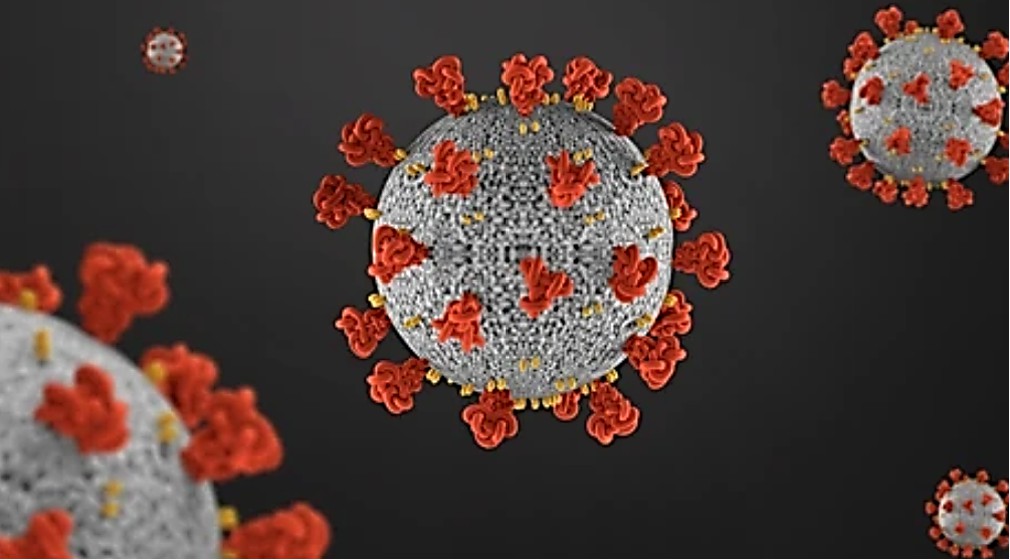Structural Research of Coronaviridae
Research has found that the Coronaviridae consists of viruses with 22-36kb positive RNA genomes. The Coronaviridae includes two subfamilies, Torovirinae and Coronavirinae, of which the viruses of the Coronavirinae are widely transmitted in mammals, causing respiratory or intestinal infections. Historically, diseases caused by this family of viruses have resulted in global outbreaks. Therefore, understanding the virus by resolving the structural features of the strains will help to provide clues for the design and discovery of antiviral drugs and vaccines for related diseases to effectively combat attacks in the future.

Coronavirus Genome Structure
Members of the Coronaviridae family are large, enveloped, single-stranded RNA viruses, with genomes ranging from 25 to 32kb. The positive-stranded RNA genome of coronaviruses contains 7-10 open reading frames (ORFs), most of which encode nonstructural proteins (nsp) required for transcription and replication, including nsp12, an RNA-dependent RNA polymerase (RdRp). The nsp12 forms polyprotein complexes with the nsp of other coronaviruses. Additional ORFs are located downstream of the replicase-associated genes, the largest of which encodes the spike (S) protein.
Structure of Coronavirus Virion
Coronavirus particles are encapsulated by conspicuous spikes. Viral particles are spherical in shape and range in size from 118 to 140nm. All coronaviruses encode a nucleocapsid (N) protein and membrane-associated proteins (S, M, and E). Of these, the nucleocapsid (N) proteins bind to genomic RNA and can form homodimers and homoisomers. The spike (S) proteins are the major glycoproteins that extend from the surface of the virion and give coronaviruses their characteristic appearance. Membrane (M) proteins, which contain three hydrophobic structural domains, are the most abundant in viral particles and play an essential role in facilitating membrane bending. The envelope (E) proteins are viral pore proteins that form ion channels and influence electrochemical homeostasis in subcellular compartments.
Creative Biostructure offers highly purified virus-like particles (VLPs) products for use in virus structure research. Listed below are some of our off-the-shelf Coronaviridae VLP products available for immediate delivery worldwide. Based on our extensive experience in VLP construction, we can provide different forms of VLP according to clients' experimental purposes, and our virus-like particles can be used for ultrastructural analyses, which ultimately provide clues for vaccine and antiviral drug design and development.
| Cat No. | Product Name | Virus Name | Source | Composition |
| CBS-V757 | SARS CoV VLP (S; E; M Proteins) | SARS-CoV | Insect cell recombinant | S; E; M |
| CBS-V761 | Chimeric SARS-CoV & HIV-1 VLP (N; NC Proteins) | SARS-CoV; Human immunodeficiency virus | Mammalian cell recombinant | N; NC |
| CBS-V1001 | COVID-19 B.1.1.7 (Alpha) VLP (M; N; S; E Proteins) | SARS-CoV-2 | HEK293 | M; N; S; E |
| CBS-V1002 | COVID-19 B.1.617.2 (Delta) VLP (M; N; S; E Proteins) | SARS-CoV-2 | HEK293 | M; N; S; E |
| Explore All Coronaviridae Virus-like Particle Products | ||||
Knowledge of viral structures at atomic resolution is of great importance for the discovery and design of vaccines and antiviral drugs. Rapid advances in instrumentation and data processing techniques have established the indispensable role of cryo-electron microscopy in the research of the structure and dynamics of macromolecules and viruses. Creative Biostructure offers cutting-edge cryo-electron microscopy (cryo-EM) as a primary method to help clients determine the 3D structure of viral particles and virus-like particles. If you are interested in our services and VLP products, please feel free to contact us for more information or a formal quotation.
References
- Woo PCY, et al. ICTV Virus Taxonomy Profile: Coronaviridae 2023. J Gen Virol. 2023. 104(4): 10.1099/jgv.0.001843.
- Payne S. Family Coronaviridae. Viruses. 2017. 149-158.